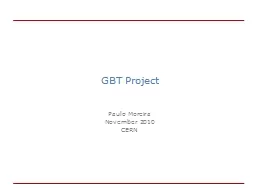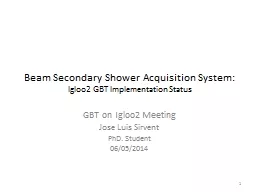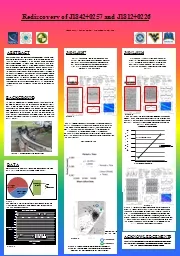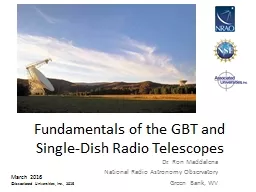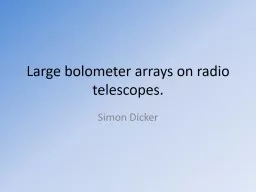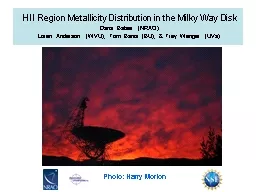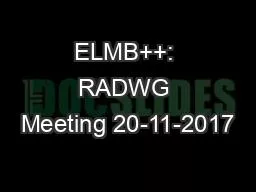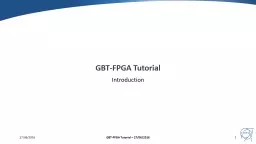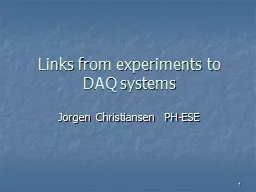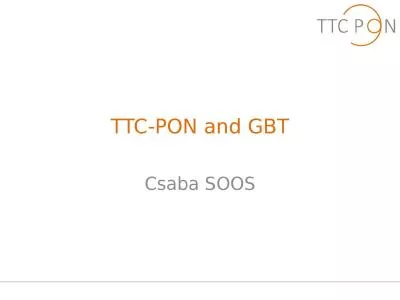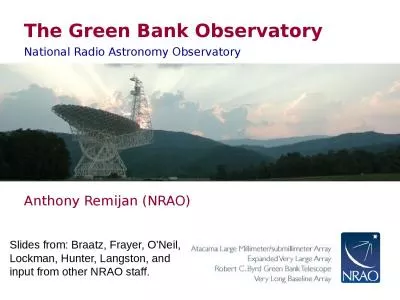PPT-GBT Project
Author : stefany-barnette | Published Date : 2016-08-16
Paulo Moreira November 2010 CERN Outline GBT Project Status GBT project overview Radiation hard link GBT link bandwidth The GBT chipset The GBTIA The GBLD The GBT
Presentation Embed Code
Download Presentation
Download Presentation The PPT/PDF document "GBT Project" is the property of its rightful owner. Permission is granted to download and print the materials on this website for personal, non-commercial use only, and to display it on your personal computer provided you do not modify the materials and that you retain all copyright notices contained in the materials. By downloading content from our website, you accept the terms of this agreement.
GBT Project: Transcript
Download Rules Of Document
"GBT Project"The content belongs to its owner. You may download and print it for personal use, without modification, and keep all copyright notices. By downloading, you agree to these terms.
Related Documents

